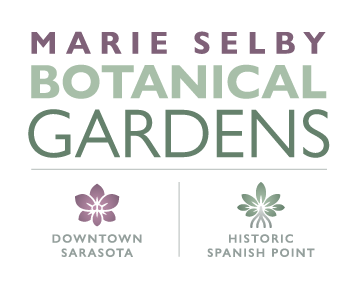 I arrived in Costa Rica on July 19, excited to meet the 20 students that had been selected from 10 countries to participate in the biannual graduate-level Spanish-speaking course on tropical botany and plant systematics (the study of plant relationships). The course is run by OTS, the Organization for Tropical Studies, a consortium of universities and natural history museums around the world, and which just marked its 50thanniversary in June, 2013. My role as an invited professor, is to help share the knowledge I have gained through 30 years of tropical botanical studies.
I arrived in Costa Rica on July 19, excited to meet the 20 students that had been selected from 10 countries to participate in the biannual graduate-level Spanish-speaking course on tropical botany and plant systematics (the study of plant relationships). The course is run by OTS, the Organization for Tropical Studies, a consortium of universities and natural history museums around the world, and which just marked its 50thanniversary in June, 2013. My role as an invited professor, is to help share the knowledge I have gained through 30 years of tropical botanical studies.
The course, officially known asSistemática de Plantas Tropicales (Tropical Plant Systematics), runs for five weeks, with five invited professors attending for a few weeks each, and two full-time course coordinators. The course visits four distinct habitats in established Costa Rica OTS Biological Stations (BS): a cool montane tropical forest (Las Cruces BS), a high-altitude oak forest (Quericí BS), a tropical dry forest (Palo Verde BS), and finally a lowland tropical rain forest (La SelvaBS), which, for the last two weeks, is where my participation began and the course ends in a few days. La Selva BS is a famous station, and one of the best known pieces of tropical forest in the New World. Dozens of researchers have worked year-round for the past 50 years to learn about the biology and ecology of the site, and to understand the complexity of tropical forest dynamics.
The coordinators of the course, Dr. Mario Blanco from the University of Costa Rica (a former Selby Gardens intern who went on to earn his Ph.D. at the University of Florida), and Dr.Lucas Majure, a research botanist at the University of Florida, are the ones who do the heavy lifting, putting in many months of planning before the course, and who bear the brunt of the day-to-day teaching and logistics. Shepherding 20 curious, intelligent, fun-loving graduate students from city to field, and back, is no easy task.
The students don’t have it easy either, every single day filled with field trips, lectures, independent and group projects, practicals, and quizzes. Students and professors stay in basic accommodations provided by OTS at the various field stations and are provided with three hot meals a day. They enduret he elements from very hot and humid to frigid and damp, so one’s wardrobe has to be complete!
For myself, being at the very hot and very humid La Selva BS was an amazing experience… not just seeing the beautiful, lush flora and forest scenery, but being able to work with the students. Their experience here will provide them with a better understanding of plant diversity, distribution, and evolution, and reinforce the need to protect natural ecological systems. I have no doubt that these students will go on to be ambassadors for natural science at many levels, and help make a difference in our understanding, and conservation of tropical forests.
